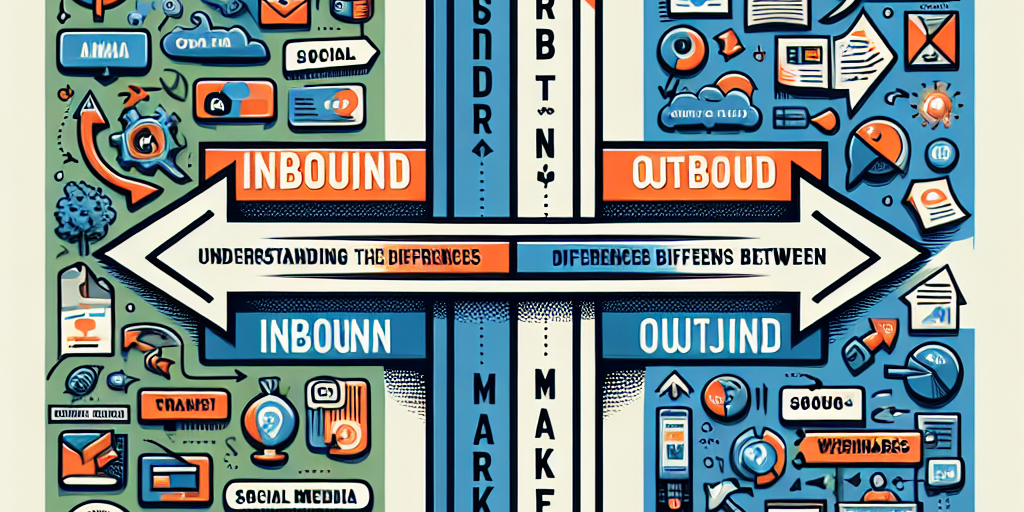In today’s digital age, marketing tactics have evolved significantly, and understanding the differences between inbound and outbound marketing is essential for any business looking to reach its audience effectively. Both strategies are used to attract and engage potential customers, but they do so in very different ways.
Outbound marketing, also known as traditional marketing, involves reaching out to potential customers and pushing a message onto them. This can include advertising on billboards, TV commercials, radio ads, cold calling, and direct mail. Outbound marketing is more interruptive, as it tries to grab the attention of potential customers whether they are interested in the message or not. It is often viewed as intrusive and is becoming less effective in today’s world of ad blockers and « do not call » registries.
On the other hand, inbound marketing focuses on creating valuable content that pulls potential customers toward a company and its offerings. This can include blogging, social media marketing, search engine optimization (SEO), and content marketing. By providing helpful and relevant content, inbound marketing aims to attract customers who are already interested in the products or services being offered. Inbound marketing is more about building trust and relationships with potential customers rather than purely selling to them.
One of the key differences between inbound and outbound marketing is the way in which they engage potential customers. Inbound marketing is more about creating a dialogue and engaging with customers on their terms, while outbound marketing is more about broadcasting a message and hoping it resonates with someone. Inbound marketing also allows for more precise targeting and personalized messaging, as it relies on understanding the needs and interests of potential customers.
Another important difference is the way in which leads are generated. With outbound marketing, leads are often generated through mass advertising and cold outreach, and the conversion rate is typically lower. Inbound marketing, on the other hand, attracts leads that are already interested in the product or service, leading to higher quality leads and a better conversion rate.
In today’s digital age, inbound marketing has become increasingly popular due to its effectiveness and ability to adapt to the changing behavior of consumers. It is also more cost-effective in the long run, as it focuses on creating long-lasting relationships with customers rather than just making a sale.
In conclusion, understanding the differences between inbound and outbound marketing is crucial for any business looking to succeed in today’s competitive landscape. Both strategies have their merits, but with the shift in consumer behavior and the rise of digital channels, inbound marketing has become an essential part of any marketing strategy. By focusing on creating valuable content and engaging with potential customers in a more personalized way, businesses can attract and retain customers in a more effective and efficient manner.







